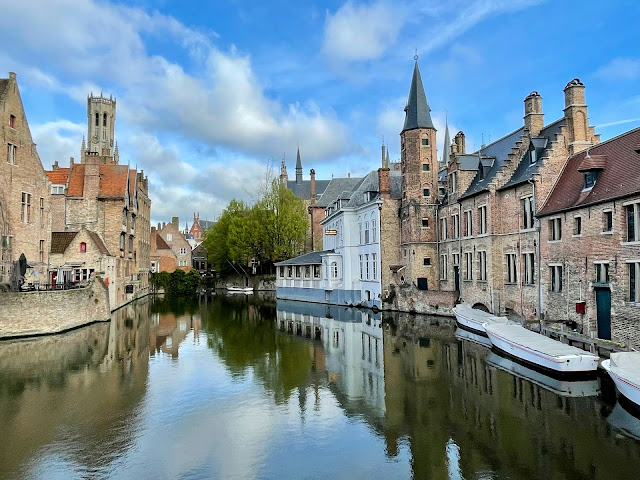Capturing Iceland's Wonders: A 3-Day Photogenic Adventure
Iceland is a photographer's paradise with its stunning landscapes and natural wonders. Here's a 3-day itinerary that will take you to some of the most photogenic places in Iceland:
Day 1: The Golden Circle
Thingvellir National Park: Start your journey at Thingvellir, where you can capture the dramatic Almannagjá canyon and the meeting point of the North American and Eurasian tectonic plates. |
| Thingvellir National Park, Iceland |
 |
| Geysir eruption, Iceland |
 |
| Gullfoss Falls, Iceland |
Day 2: South Coast Adventure
Seljalandsfoss Waterfall: This waterfall allows you to walk behind it, offering unique and breathtaking photo opportunities. |
| Seljalandsfoss Waterfall, Iceland |
 |
| Skogafoss Waterfall, Iceland |
Reynisfjara Black Sand Beach: Capture the striking basalt columns, sea stacks, and powerful Atlantic waves crashing against the black sand shore.
 |
| Reynisfjara Black Sand Beach in Iceland |
 |
| Fjaðrárgljúfur Canyon, Iceland |
Day 3: Jökulsárlón Glacier Lagoon and Diamond Beach
 |
| Jökulsárlón Glacier Lagoon |
Jökulsárlón Glacier Lagoon: Witness the mesmerizing icebergs floating in the lagoon, where you can take boat tours to get up close to the ice formations.
 |
| Diamond Beach, Iceland |
Note: Iceland's weather can be unpredictable, so be prepared for sudden changes and always prioritize your safety during your travels. Additionally, consider the time of year you're visiting, as daylight hours vary significantly between seasons.
When is the best time to visit Iceland for photography?
Iceland's landscapes are stunning all year round but the best time for photography depends on your preferences. The summer months (June to August) offer long daylight hours and vibrant green landscapes, while winter (December to February) provides opportunities to capture the Northern Lights and snowy scenes. Spring and autumn offer a mix of blooming flora and colorful foliage.
Do I need special photography equipment for capturing the Northern Lights?
While you can capture the Northern Lights with a good DSLR or mirrorless camera, having a tripod and a lens with a wide aperture (low f-number) is highly recommended. These will help you capture sharp and clear images in low light conditions.
Is it safe to photograph near glaciers and waterfalls?
While Iceland's natural attractions are breathtaking, they can also be hazardous. When photographing near glaciers, stay at a safe distance to avoid falling ice or crevasses. Around waterfalls, be cautious of slippery rocks and fast-flowing water. Always pay attention to safety signs and follow guidelines.
Are drone photography and flying allowed in Iceland?
Drone flying is permitted in Iceland, but certain regulations apply. To fly a drone, you need to obtain a permit from the Icelandic Transport Authority and adhere to strict rules regarding flight altitudes and no-fly zones near sensitive areas, including popular tourist sites.
Remember to respect the environment and follow any guidelines or rules at these locations to preserve Iceland's natural beauty for future generations of photographers and travelers. Enjoy your photography adventure in Iceland!



Comments
Post a Comment
It's easy to leave a comment on our blog – anyone with a Google account can do it. We invite you to share your experiences by leaving a comment as well.